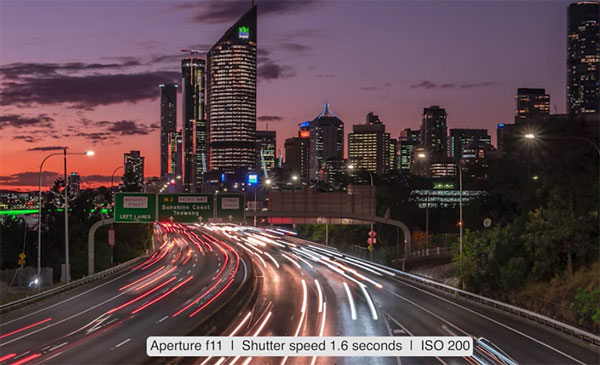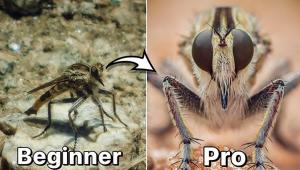How Aperture & Shutter Speed Interact for the Best Photos Possible (VIDEO)

Do you want to be more creative and capture images that stand out from the crowd? One way to do that is by gaining a full understanding of the relationship between aperture and shutter speed as pertains to whatever you’re shooting.
Some photographers are under the impression that f/stops and shutter speeds are all abut arriving at a correct exposure. While that is true, the settings you choose affect other important variables, like depth of field, how you want to convey fast action, and whether or not you can shoot handheld or must rely upon a tripod.
While the video below is designed for beginners, even experienced photographers will pick up a few tips. It comes to us from the folks at Photo Genius, a popular Australian YouTube channel that’s been posting straightforward photo tutorials for over a decade.

Instructor Paul Farris likes to keep things simple, and by the end of this six-minute episode you’ll know exactly how to harness the interplay between f/stops and shutter speeds to achieve optimum results in just about any setting you confront. After a quick review of the Exposure triangle, which combines ISO with the two variables he’s concentrating on today, Ferris moves on to the specifics.
While shutter speed is a function of your camera, aperture has to do with the specific lens in use. And this has implications for how you proceed, depending on whether you’re shooting during the day or at night, and if the subject is static or in motion.
Farris’ interesting demonstration uses two water glasses under a faucet to clearly demonstrate how all this works. By now you’ve probably realized that choosing an f/stop and corresponding shutter speed is a delicate balancing act that often requires compromise—because changing one setting affects the color.

It’s all about the lens you’re using, the subject at hand, ambient live levels, and the manner in which you wish to depict the scene. There’s no one correct answer for any particularly situation, but the suggestions Farris provides, and the images he uses for illustration, will enable you to make the correct choice for the task at hand.
You can find more simple photography tips on Farris’ popular YouTube channel, so be sure to pay a visit.
And don’t miss the tutorial we posted a week ago from another pro, explaining how to maximize image sharpness by knowing where and how to focus.








































